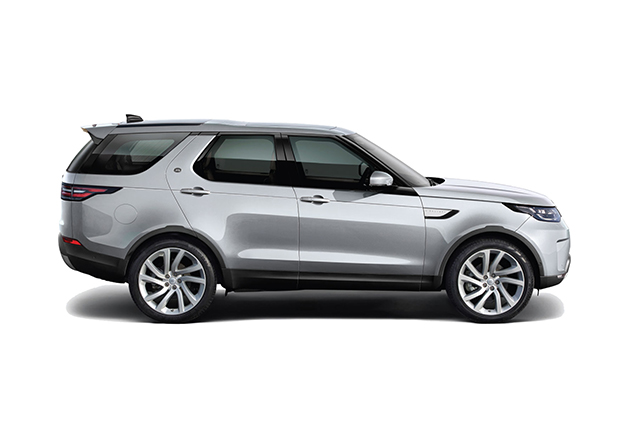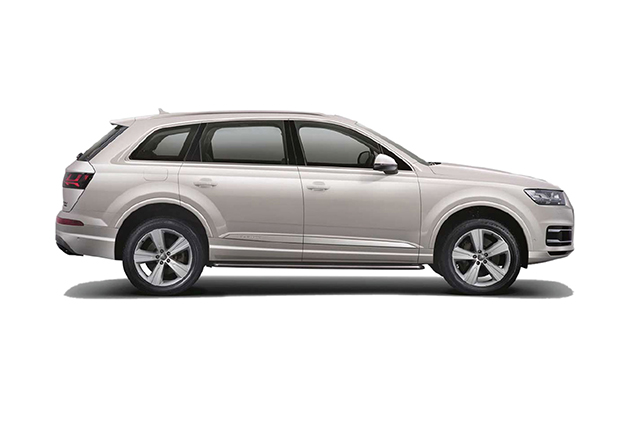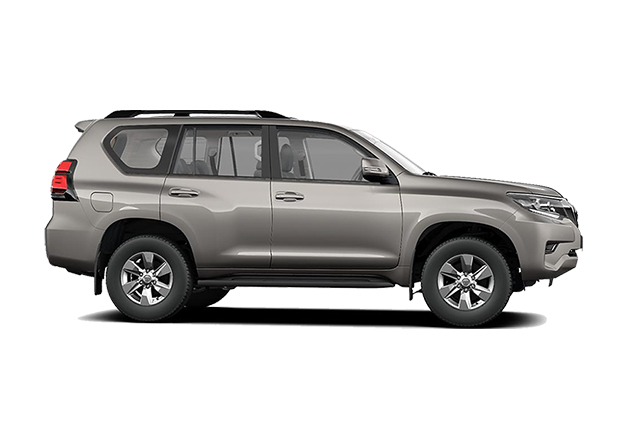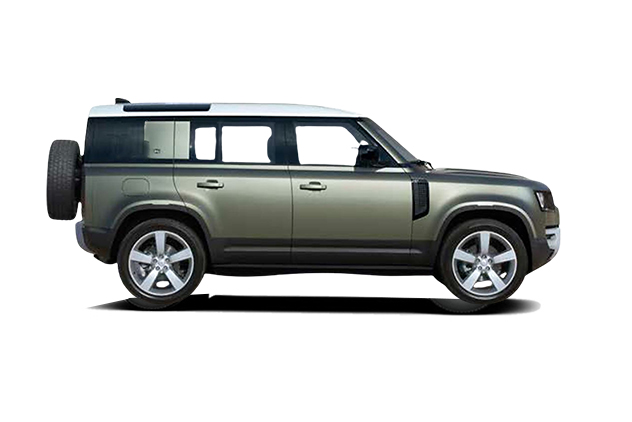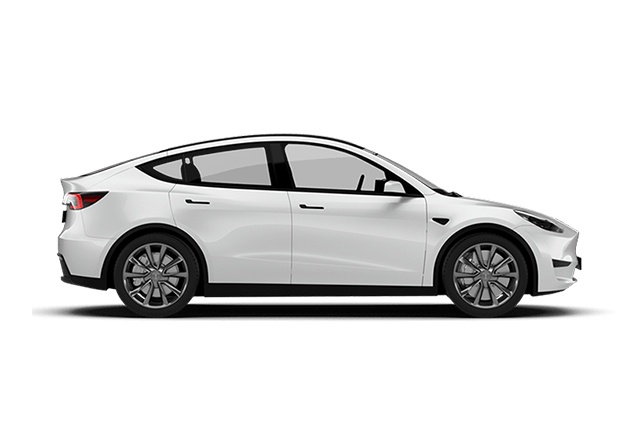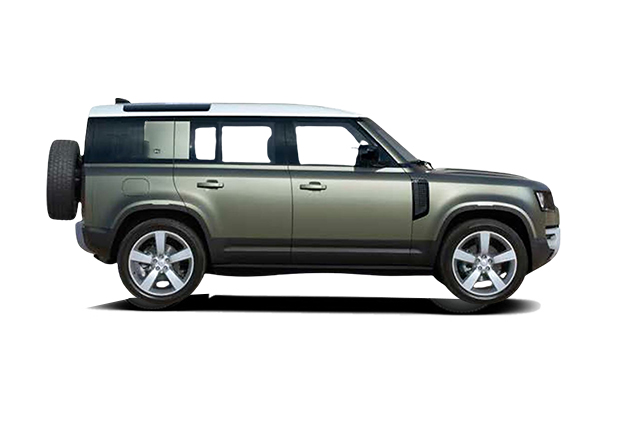With a name like Iceland, it’s implied that the country is cold, and full of ice. The country was named after a Norseman saw a fjord full of ice when hiking a mountain in the Westjords. But what about snow? If you’re embarking on a journey to Iceland, then you’re likely curious about the quirks of Icelandic weather, particularly the presence of snow.
Many travelers have questions about what to expect in this North Atlantic Island nation. In this article, we look at the nuances of Iceland’s winter weather, addressing the question – does it snow in Iceland? We’ll provide valuable insights into when and where you can expect snow. A winter journey through Iceland demands a thorough understanding of the country’s unpredictable and dynamic snowfall patterns.
Understanding the timing of snowfall is a key factor in shaping your Iceland itinerary and influencing the choice of your rental car to safely explore the various regions. Join us as we reveal answers to common questions, share driving tips tailored for snowy conditions, and ensure your winter adventure in Iceland is both safe and memorable.
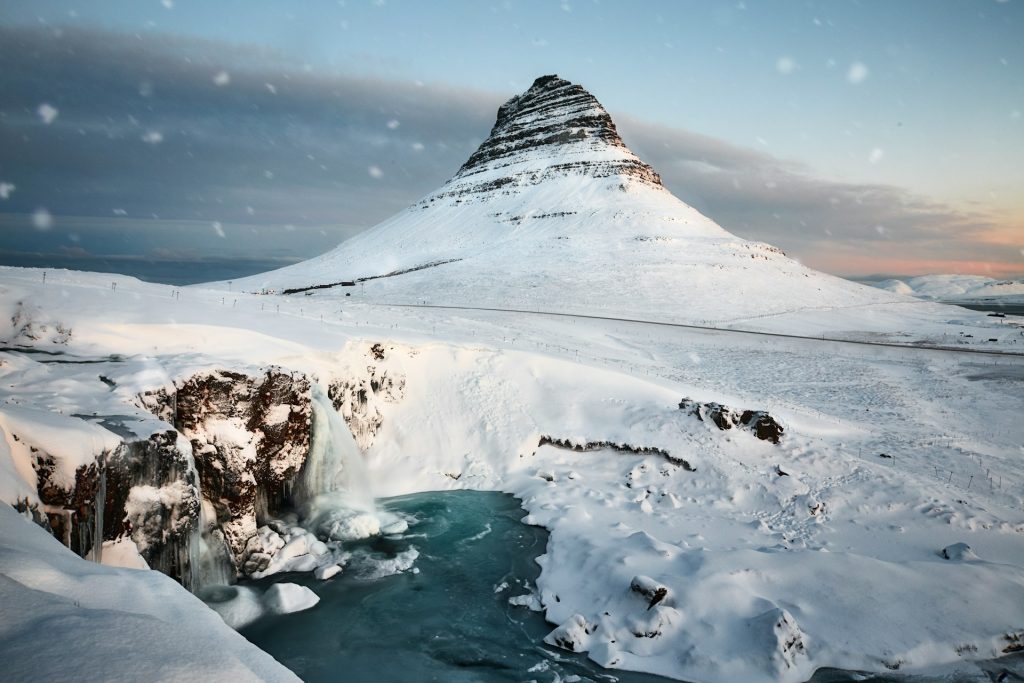
Does it Snow in Iceland? And When Does It Snow in Iceland?
Yes, it does snow in Iceland, but it’s important to note that in Iceland, it does not snow all year round. The winter season typically lasts from November to March. However, in specific regions like North Iceland, East Iceland, the Westfjords, and the highlands of Iceland, snowfall can begin earlier, beginning in late September, and continuing until early May with more substantial snowfalls and a longer Iceland winter season.
Considering the seasonal patterns of snowfall in Iceland is an important aspect to enable travelers to accurately plan their visits. The ability to determine when and where snow is likely to fall provides invaluable insights that help you prepare your trip effectively, ensuring your Iceland trip goes seamlessly.
Having this knowledge, travelers can gauge the optimal time and can strategically plan their itineraries, packing accordingly for winter conditions and selecting the right time for their Icelandic exploration.
Whether chasing the Northern Lights in Iceland or hiking across snow-covered landscapes, there is tons of beauty to discover in Iceland during the winter season. With the blankets of snow making Iceland attractions even more magical, it’s definitely worth visiting Iceland during the winter.
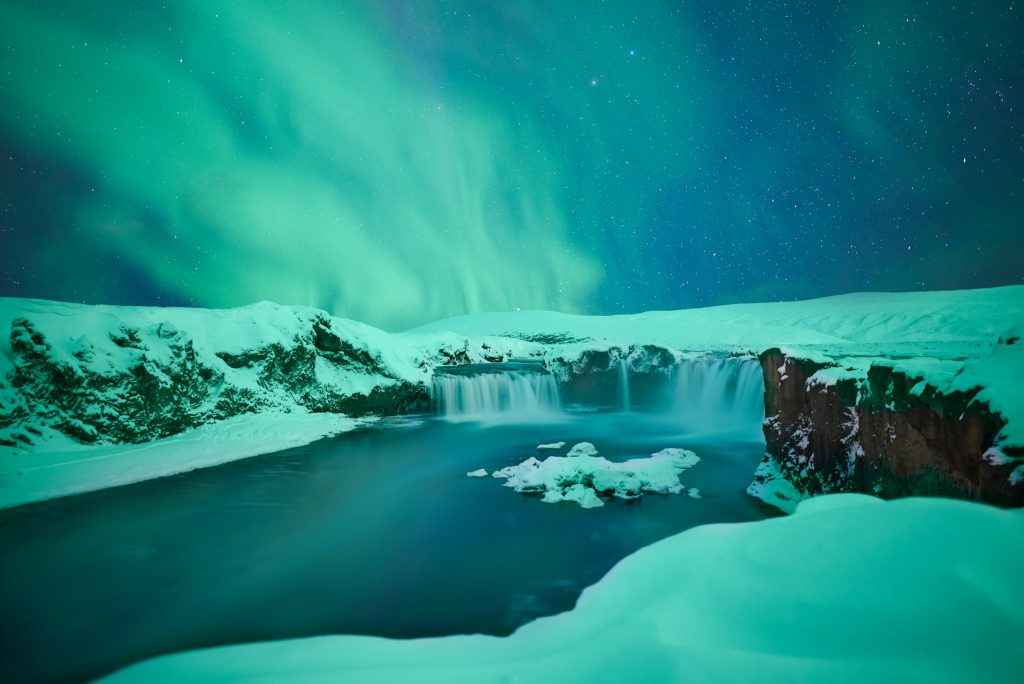
Iceland weather conditions
In Iceland, the unpredictable weather is as diverse as the island’s landscapes, thanks to the Gulf Stream, which brings milder air to this northerly paradise.
During the summer months, parts of the country bask under the midnight sun, offering endless hours of daylight for exploring, with temperatures in Reykjavik reaching comfortable averages that invite outdoor adventures.
Throughout the months of the year, the average temperatures can vary widely, a testament to the saying, “If you don’t like the weather, wait five minutes.” While winters in Iceland might seem daunting with their shorter days and potential for bad weather, they are actually a magical time to visit Iceland, offering a host of winter activities under the aurora-lit skies.
Each season in Iceland, from the snow-covered north and east to the temperate west, presents a unique set of wonders, including the chance to experience the country’s highest temperature fluctuations.
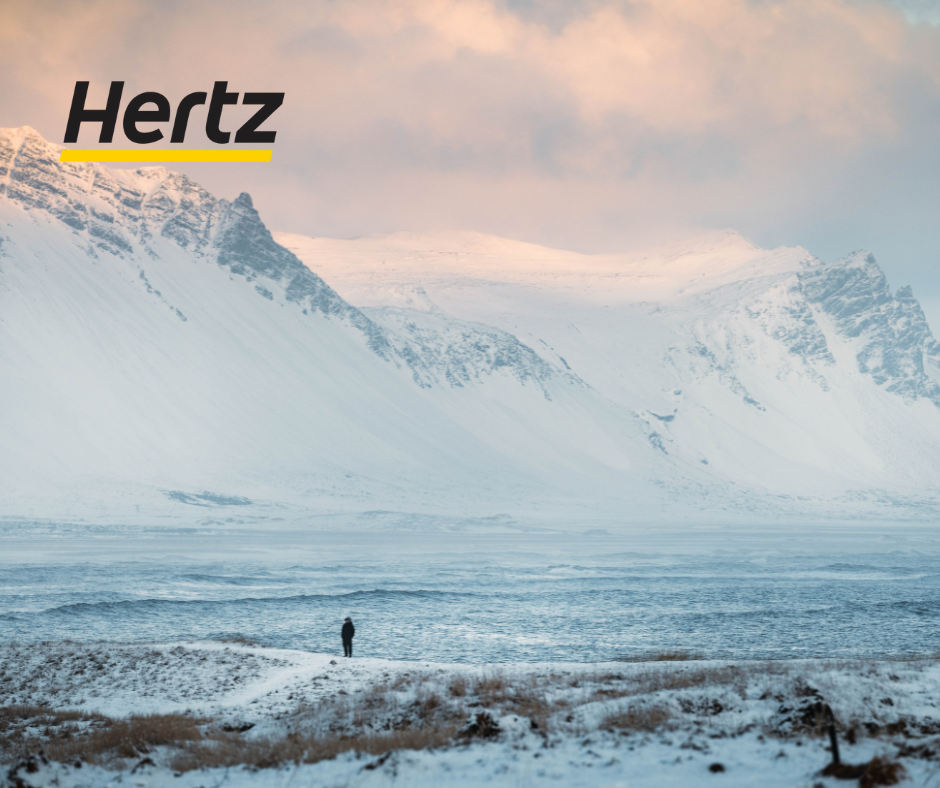
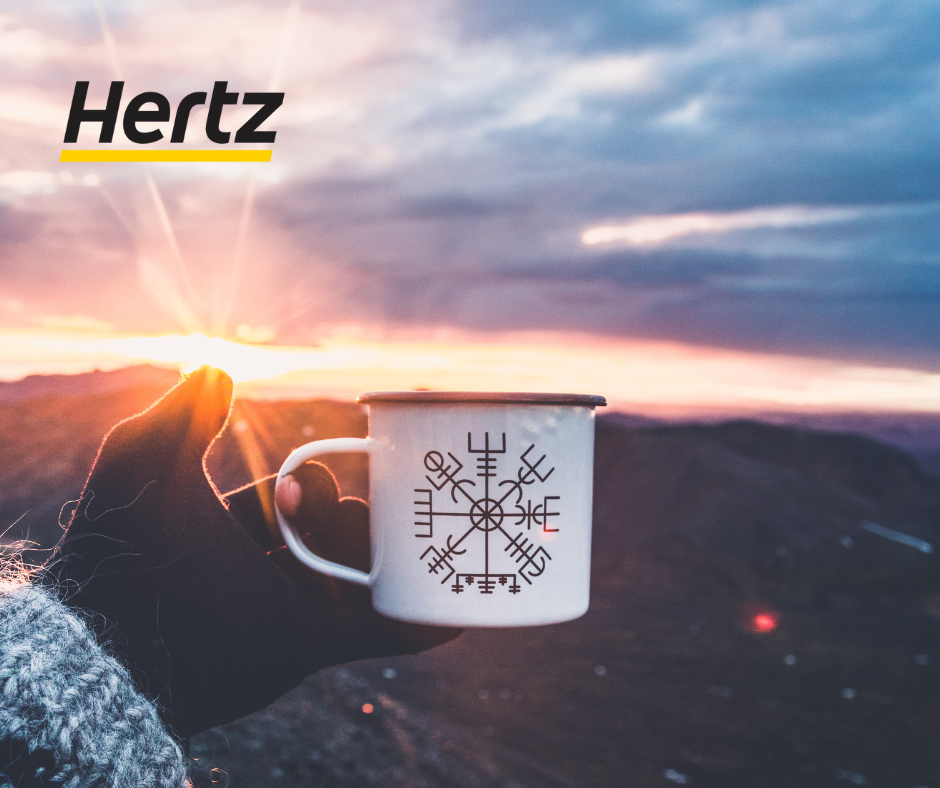
How Much Does It Snow in Iceland?
Due to its location in the North Atlantic, Iceland receives a diverse array of snowfall patterns, with significant variations across its different regions and locations.
The average estimates of snowfall amounts showcase this variability, with a range extending from 87mm (8.7cm) in the month of October to 232mm (23.2cm) in the month of March, dependent on the specific region. Iceland has witnessed some historically significant snowfall events over the years.
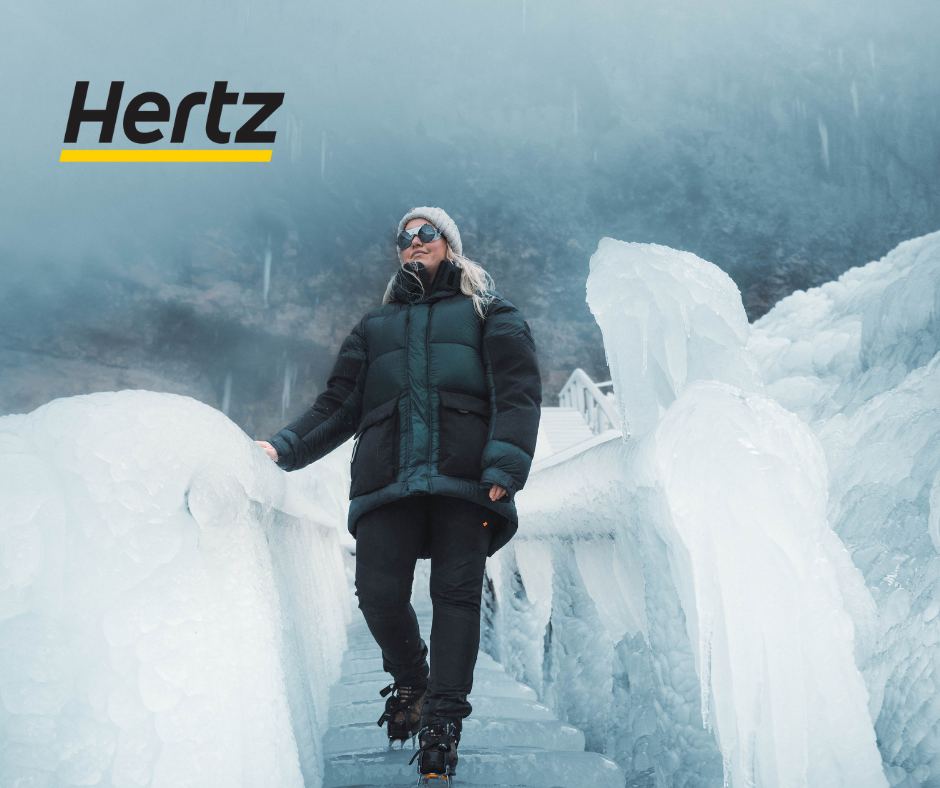
March of 1995 stands out as an exceptional example, as during this period, the Skeiðsfossvirkjun power plant in North Iceland accurately recorded an extraordinary 297,000 mm (279 cm) of snowfall, which significantly surpassed anything in Icelandic meteorological records!
There are challenges posed by excessive snowfall, particularly in the northern regions of the country, so it’s important to frequentely check weather forecasts. This is particularly relevant for anyone planning on a self-drive trip through Iceland in the winter, as the country is prone to high winds and the possibility of heavy snowstorms and blizzards, with precipitation levels ranging from 20cm to 60cm per month.
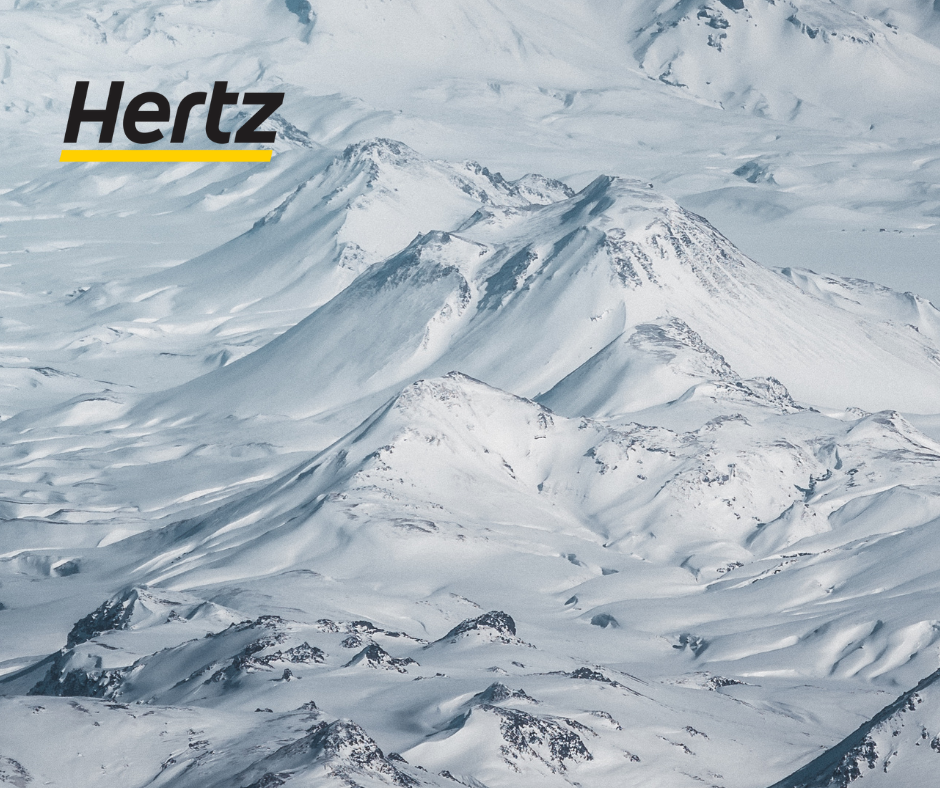
What Months Does It Snow in Iceland? Overview of Each Month
Snowfall in Iceland occurs mostly between November in Iceland and March in Iceland. However, the timing, volume, and duration of snowfall will vary across the country.
It’s important to note that Iceland does not experience snowfall all year round, but if you are traveling in the winter months, it’s important to understand that the snow can significantly impact travel plans. Each month during the winter season brings its own character to the landscape, but this is part of the unique charm of an Icelandic winter.
In general, Reykjavik, South Iceland, and the Snaefellsnes Peninsula are milder and receive the least amount of snow on average throughout the year. These regions typically have snowfall during the winter months, with the possibility of some snow through the months of October to April.
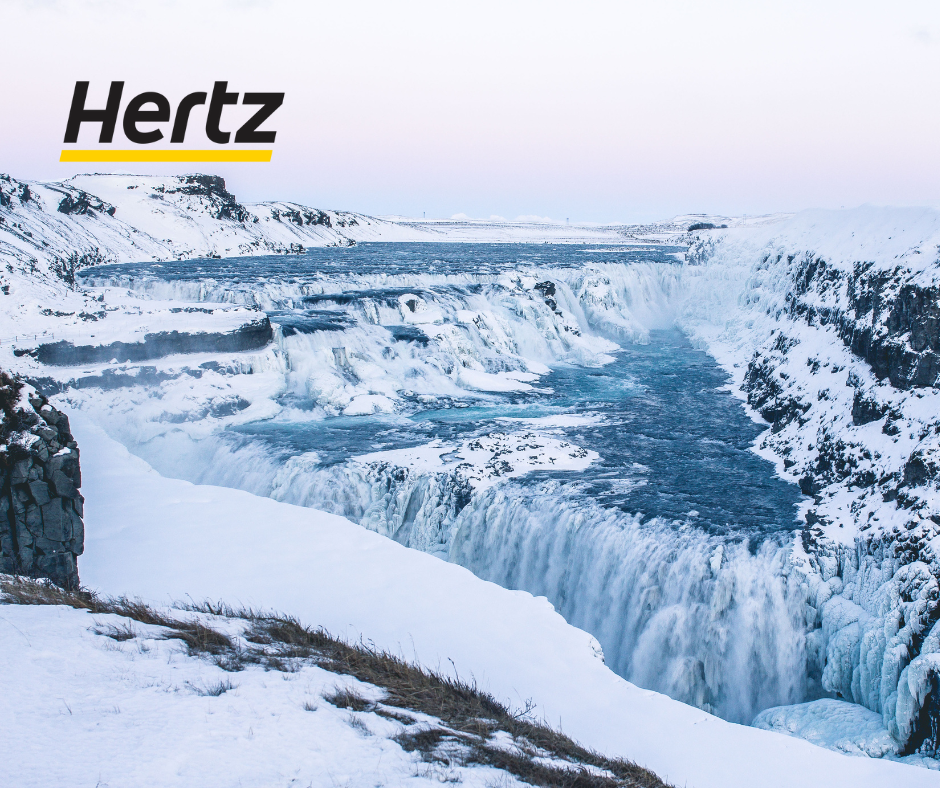
North Iceland, East Iceland, and the Westfjords have a more substantial snowfall, which can present more of a challenge on the roads or potential road closures during your travels. The average snowfall in these northern and eastern regions is also higher, contributing to a winter landscape that remains snow-covered for a longer period.
During the winter, there’s very limited daylight, fluctuating between 2 to 5 hours, depending on the specific location in Iceland. It’s strongly advised to stay updated with local forecasts and Iceland road conditions before you head out to your chosen destination for the day.
Additionally, it’s important to undertake necessary precautions and careful preparations to guarantee safe travels amidst potentially demanding weather conditions.
Overview of the snowing months in Iceland
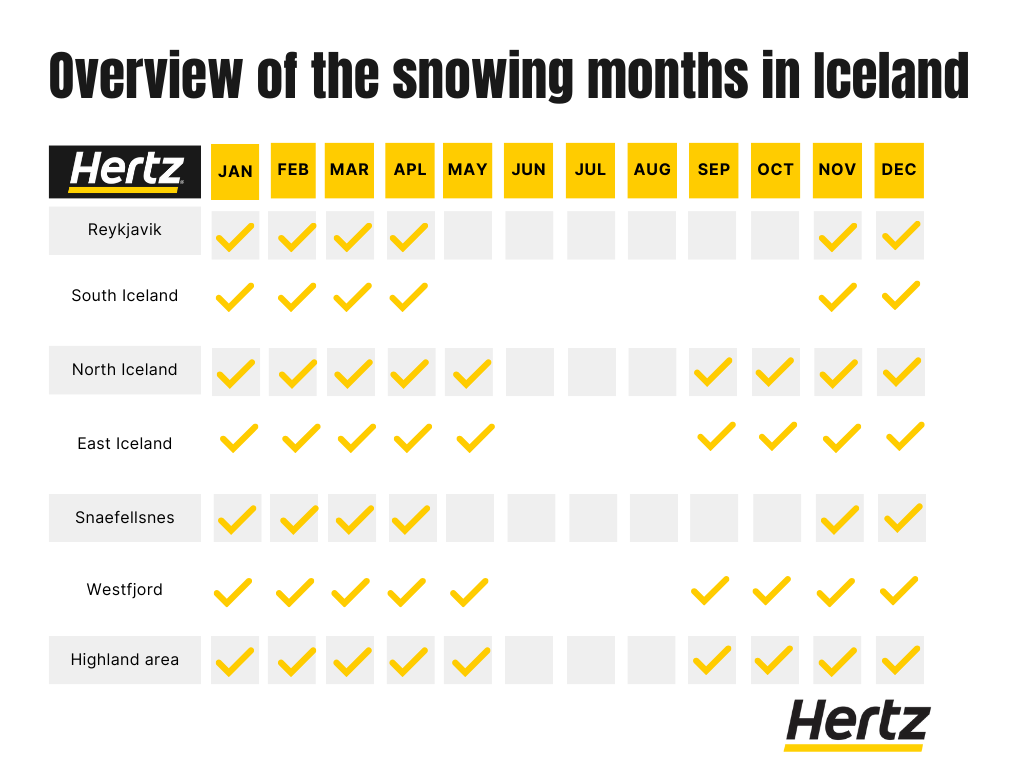
What Car to Rent When Visiting Iceland in the Snowy Months?
The right vehicle can be the difference between an uncomfortable and challenging trip to Iceland and a safe and rewarding experience. During the snowy months in Iceland, it’s highly recommended that you always choose to rent a robust 4×4 vehicle with exceptional traction and stability. These vehicles are specifically designed to navigate the challenges posed by snow-covered and icy roads. The variable winter conditions, particularly in remote and less-traveled areas, will require a vehicle that has the capability to navigate diverse terrains safely and effectively.
Beyond its safety attributes, a 4X4 vehicle provides you with versatility, allowing you to explore the snowy landscapes around the country with complete flexibility. From the well-maintained Golden Circle route and Iceland South Coast to Iceland hot springs and waterfalls that are off the main route, a 4X4 will ensure that your access isn’t limited by your transportation.
Safety remains a top priority, especially when driving on slippery roads in unpredictable conditions, requiring a more cautious approach. Regardless of which rental vehicle you book, it’s important to give yourself buffer time and not try to pack too many activities into one day.
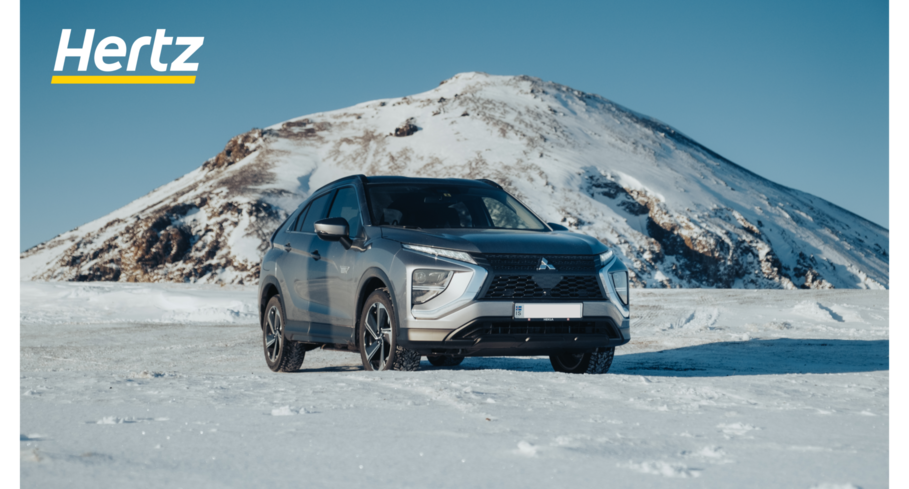
How Difficult is it to Drive with Snow in Iceland?
Without the snow, there are many Iceland attractions that are unavailable, such as exploring the ice caves in Iceland and glacier hiking in Iceland. The months when there is frequent snowfall in Iceland are also often less busy, meaning that you’ll have access to better deals on accommodation, flights, and transportation, plus the attractions will be less busy!
The potential of unpredictable weather and snowfall should definitely not stop you from visiting Iceland during this period, but you will need to understand the challenges involved with driving in the snow, and the extra preparation that is required.
The presence of snow and icy roads poses potential impacts on visibility and traction, particularly in remote or elevated areas. A cautious approach is key, including adjustments in speed and extra care to maintain a safe distance from other vehicles on the road. To ensure enhanced control, make sure your vehicle is winter-equipped with specialized snow tires. When you rent with a reputable company like Hertz Iceland, all this will be taken care of for you.
While main roads are generally well-maintained, secondary routes may present more difficult driving conditions. If you’re used to driving in the snow, it may not be as difficult for you. However, if unfamiliar with winter driving, it is recommended to steer clear of unnecessary risks, and stick to the main Iceland Ring Road. As the snow melts and transforms into ice, unexpected road closures may arise, emphasizing the importance of including buffer time in your plans to account for any potential delays.
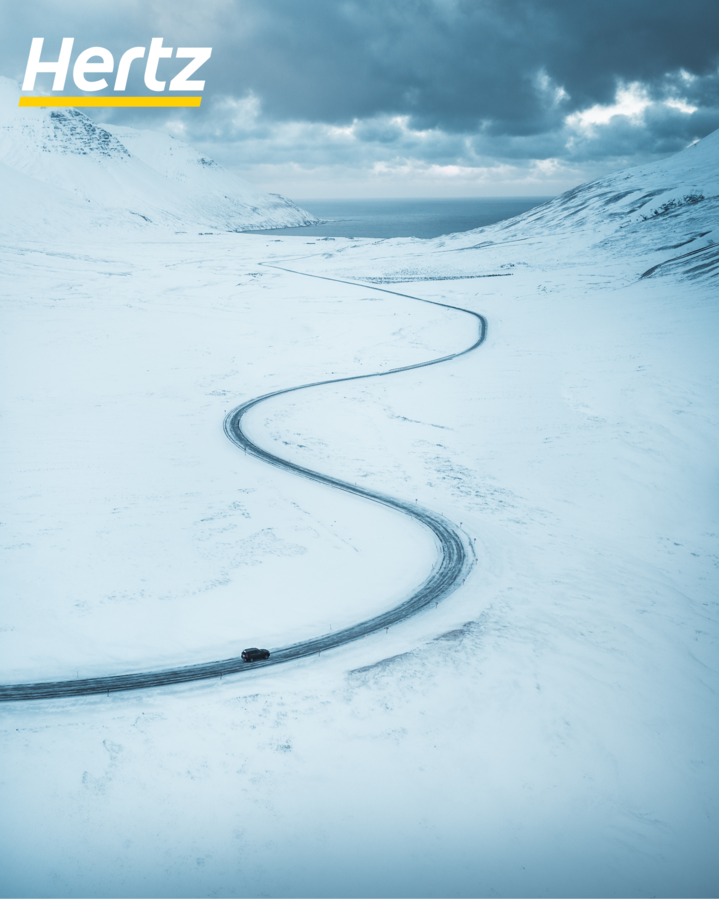
Safety Tips When Driving In Snow in Iceland
Navigating snowy conditions requires an added level of caution and concentration when driving in Iceland.
- Choose the Right Vehicle: It is advisable to opt for a 4X4 vehicle that’s equipped with snow tires to ensure better traction on icy roads, promoting a safer driving experience. Be aware that snow compressed by the tires of another vehicle tends to be icier than freshly fallen snow. If you’re uncertain about the safe depth of snow to drive through, a general guideline is to avoid driving in snow that exceeds 10cm in thickness.
- Stay Informed: Keep yourself updated on the latest weather forecasts and road conditions, as these factors can change rapidly, affecting your journey.
- Maintain Safe Speeds: Adjust your driving speed to accommodate reduced visibility, and always maintain a safe distance from other vehicles to enhance safety on wintry roads. Handle the gas pedal with care by accelerating gradually, and transitioning to higher gears promptly if you’re not driving an automatic vehicle. Maintain a consistent and easy-going pace. For optimal driving speed in snowy conditions, it is advisable to stay within the 45-50 km/h range.
- Consider Delaying Travel: In challenging conditions of heavy snowfall or icy patches, consider delaying your journey or opting for guided tours with experienced drivers to navigate safely.
- Carry Essentials: Make sure to equip yourself with extra clothing, food, and a charged phone, essential items that are important in handling unexpected situations during your travels.
- Exercise Caution on Slopes: Approach icy or steep slopes with caution, avoiding sudden maneuvers to ensure stability and prevent accidents. While a 4-wheel drive can assist with this in winter, it doesn’t contribute to improved stopping capabilities when sliding, and it’s essential to take precautions.
- Know Traffic Rules: Familiarize yourself with Iceland traffic rules and guidelines to navigate Icelandic roads safely and responsibly and be aware of legal parking areas in Iceland.
- Be Patient: Practicing patience and exercising caution contribute to a safe and enjoyable winter driving experience as you explore the Icelandic landscapes.
- Check Weather and Road Conditions: Given Iceland’s strong winds and frequent snowstorms, regularly check vedur.is for weather updates and road.is for real-time information on road conditions to stay informed.
- Flexibility in Plans: Be prepared to adjust your travel plans based on actual weather conditions, as they are known to change quickly, impacting road safety and travel conditions.
- Dress Properly: Ensure you dress appropriately to withstand the cold weather, staying warm and comfortable throughout your winter journey.
As you venture into the snowy landscapes of Iceland, using these safety tips becomes very important. Whether it’s choosing the right vehicle, staying informed about changing weather and road conditions or being extra patient and cautious, these tips will ensure you have a memorable winter travel experience.
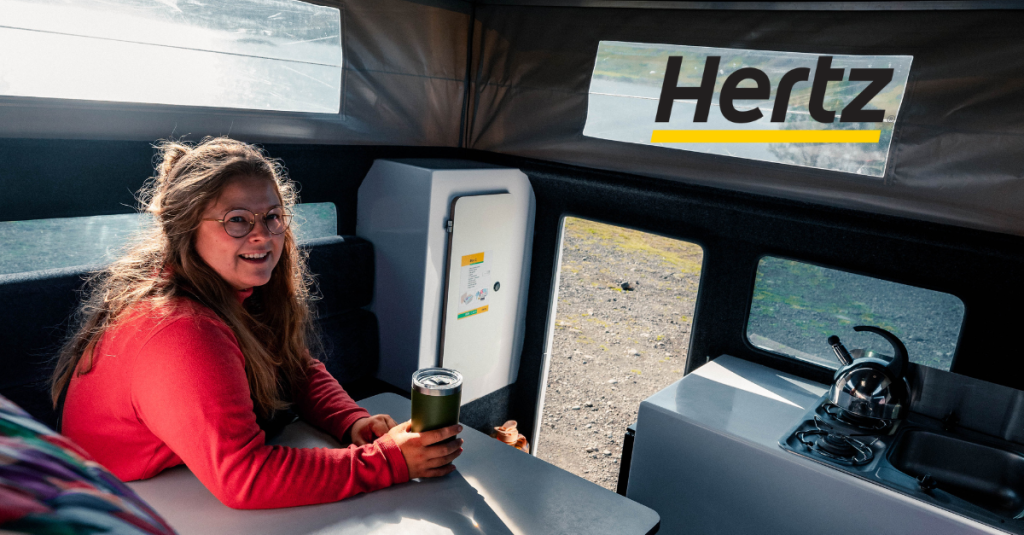
Driving in the Snow in Iceland
This guide to the snow in Iceland can equip you with the knowledge and insights needed to explore the snowy landscapes of Iceland with confidence, making the most of the winter wonderland. Navigating these challenging conditions requires careful consideration, emphasizing the need for informed driving, appropriate speed adjustments, and a commitment to road safety.
Whether you’re admiring the snow-covered streets of Reykjavik, hiking the glaciers in South Iceland, or searching for the northern lights selecting the right type of rental vehicle for your travels is an essential part of ensuring a safe and enjoyable drive. Choose to book a winter-ready rental vehicle with Hertz Iceland, and get ready to take advantage of all the wonderful things that Iceland has to offer during the winter season.
